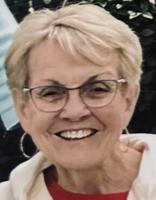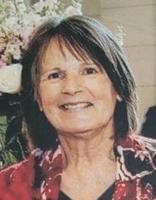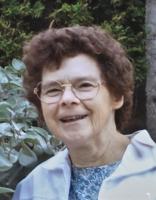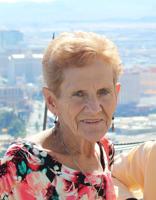Members of the New York Civil Liberties Union took their fight against facial recognition-based surveillance local on Tuesday with a forum at Lockport Public Library.
Since 2018, an intense public debate has erupted in Lockport and nationally over Lockport City School District’s deployment of a facial and object recognition system, with NYCLU asking that the system not be used.
Tuesday’s forum was the first time a lengthy public discussion was had about the surveillance system, which has been in use in all district schools since January.
Jim Shultz, parent of a Lockport High School student and a vocal critic of the system, said the forum was meant to encourage discussion of the system and its issues.
“The issue here is this system and whether it does or does not protect our students for the money that’s been spent on it. And what are the privacy implications?” Shultz said. “This is the kind of ... diverse community discussion that would have been great to have had before we wrote the check for all of this.”
Shultz used the metaphor of Where’s Waldo? to illustrate how the district’s technology is supposed to work.
“You’re supposed to look on the page amidst all these other characters and find Waldo. This is essentially the same methodology that the facial recognition cameras operate on. They operate based on a database. They are scanning and looking for specific people. They are looking for the specific people that are in the database. The problem, of course, is there isn’t a database of people who are school shooters,” Shultz said.
Shultz stressed that it does not matter necessarily what current school administrators promise, but rather the technical capacity of the system because policies can change.
Jayde McDonald, a 2015 LHS graduate, said her main concern with the technology is the possibility for misidentification of minorities, which facial recognition is prone to do, according to studies.
“I do not think that a facial recognition system of any kind would be useful in protecting both students and teachers,” MacDonald said.
Stefanie Coyle, deputy director of NYCLU’s Education Policy Center, said a bill proposed by state Assembly Member Monica Wallace, D-Lancaster, is a solution available to pause systems and force the state education department to study the issues.
Coyle said the difference between a traditional surveillance system and Lockport’s system is the latter is tracking people’s biometric data. She also pointed out that the state education department has not adopted specific regulations for biometric data.
Among the 25 or so attendees at the forum, a variety of questions and comments emerged.
An older African American man said “the manipulation and reprogramming of these things can be done.”
An African American woman suggested school safety comes from ensuring schools have counselors and mentors to talk with students who need help, “rather than put them (students) in surveillance and act like they’re in prison.”
Afterward, Coyle told the Union-Sun & Journal that she wished LCSD administration had organized a forum like this themselves.
“I’m so happy that so many community members came out. But I’m also discouraged because it’s very clear the school district never answered any of these question and didn’t put out any information,” Coyle said.
Superintendent Michelle Bradley released a statement to the US&J right before the 6 p.m. start of the forum, which she did not attend, calling on NYCLU to allow a diversity of community perspectives to be shared.
“NYCLU has previously admitted that, notwithstanding the many effective policy revisions the District has adopted to effectively address legitimate privacy concerns, NYCLU is opposed to facial recognition technology under virtually any circumstances,” Bradley wrote. “The District truly hopes that NYCLU will allow the diversity of community perspectives to be shared during the Town Hall, and not just the voices of those who — like NYCLU — are inalterably opposed to facial recognition technology.”
Bradley pointed to a previous statement she released when the system went live in January in which she highlighted the district’s policy saying no students would be put in the facial recognition database.
On Jan. 2, LCSD activated the first facial and object recognition-capable surveillance system in a public school district in New York state.
The district spent $1.4 million of the $4.2 million allocated to it through the New York’s Smart Schools Bond Act to acquire and install the system, one of the first of its kind in any American school. The system relies on the Aegis software suite created by Canadian-based SN Technologies.
The facial recognition software works by using a database of flagged individuals and sending an alert to district personnel when a flagged person is detected on school property. The object recognition feature would reportedly detect 10 types of guns and alert certain district personnel, as well as law enforcement, if a weapon is detected.


















Commented
Sorry, there are no recent results for popular commented articles.